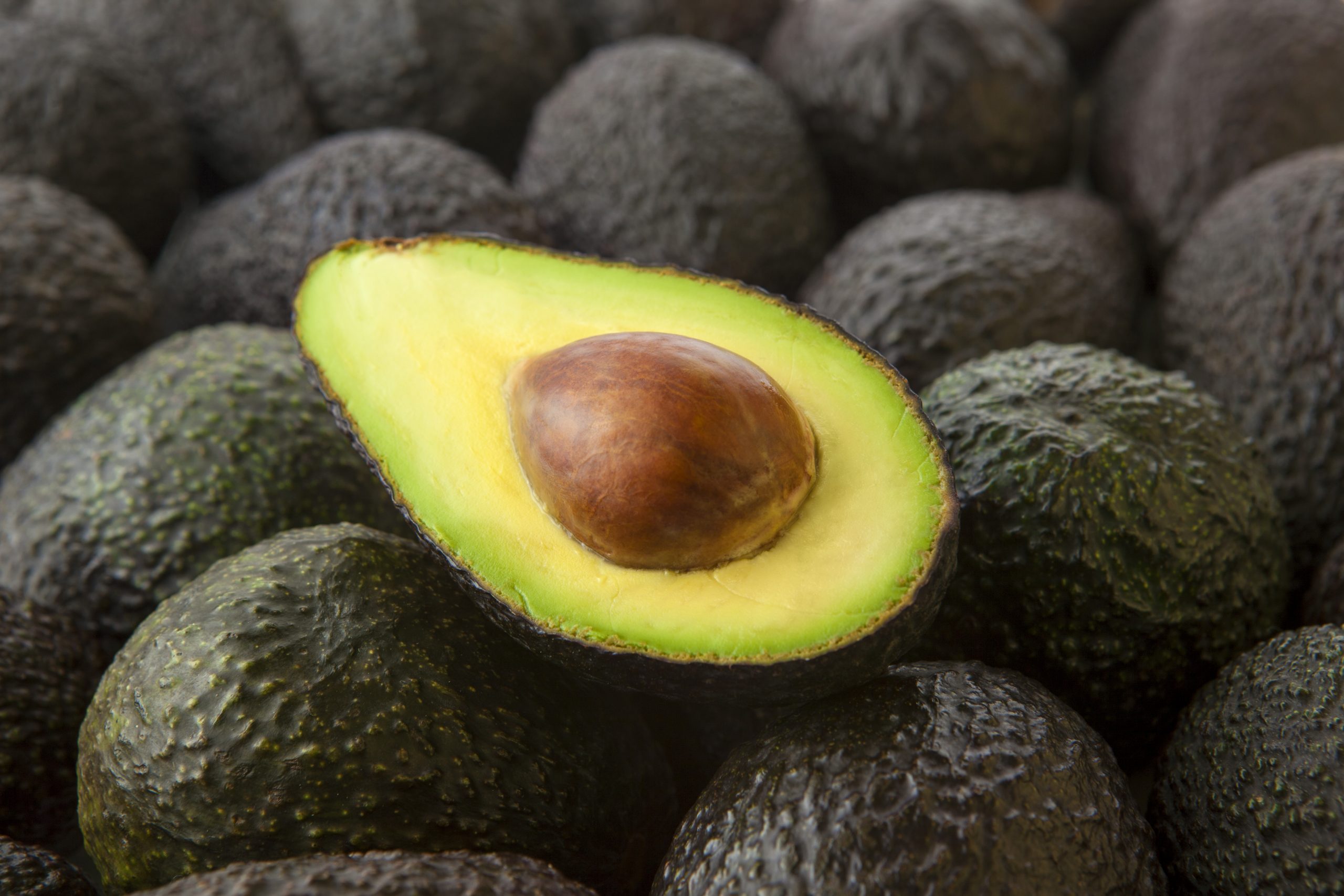Peru’s fruit and vegetable sector leads its non-traditional exports

Peru produces fruit and vegetables of excellent quality throughout the year. With delicious taste, colour and aroma, they are strategically exported in off-season periods to the northern hemisphere.
The fresh fruit and vegetable industry is the most dynamic of the non-traditional export industries. Due to the nature of the market, it generates a whole chain of value in related services, including logistics, cold chain, certifications, and supplies amongst others; creating jobs and infrastructure.
Peruvian products also meet the quality and safety standards required by their customers. Companies are certified with international standards such as ISO, HACCP, TESCO and BRC. They also meet the strict standards of good agricultural practices (GLOBAL.G.A.P.) under the supervision of health authorities in the major markets. These efforts are in addition to the continued improvement of production processes and services by applying cutting-edge technology.
Meanwhile, the Ministry of Agriculture and the Ministry of Foreign Trade and Tourism of Peru recently announced the signing of the protocol for Hass avocado access to the Chinese market, which in the short term will mean additional exports of about 11,500-16,100 tons of this product. This would result in further revenues of US $30 million-50 million every year.
In 2014 about 199,000 tons of Hass avocados were exported and the growth rate was 40% per year, so the signing of this protocol represents a great opportunity for farmers.
Peru has become specialised in the cultivation of fruit and vegetables that are exported fresh and processed to niche markets demanding high quality. Hence, the training of human resources in tasks such as sorting and processing is continuously improving. Thanks to these advances, Peru is the world’s leading exporter of asparagus and paprika, and occupies the top spot in other premium products.
Finally, in the case of grapes, a very important market for this fruit has been found in the Chinese market, especially during the Lunar New Year period, currently taking 13% of Peruvian exports.
